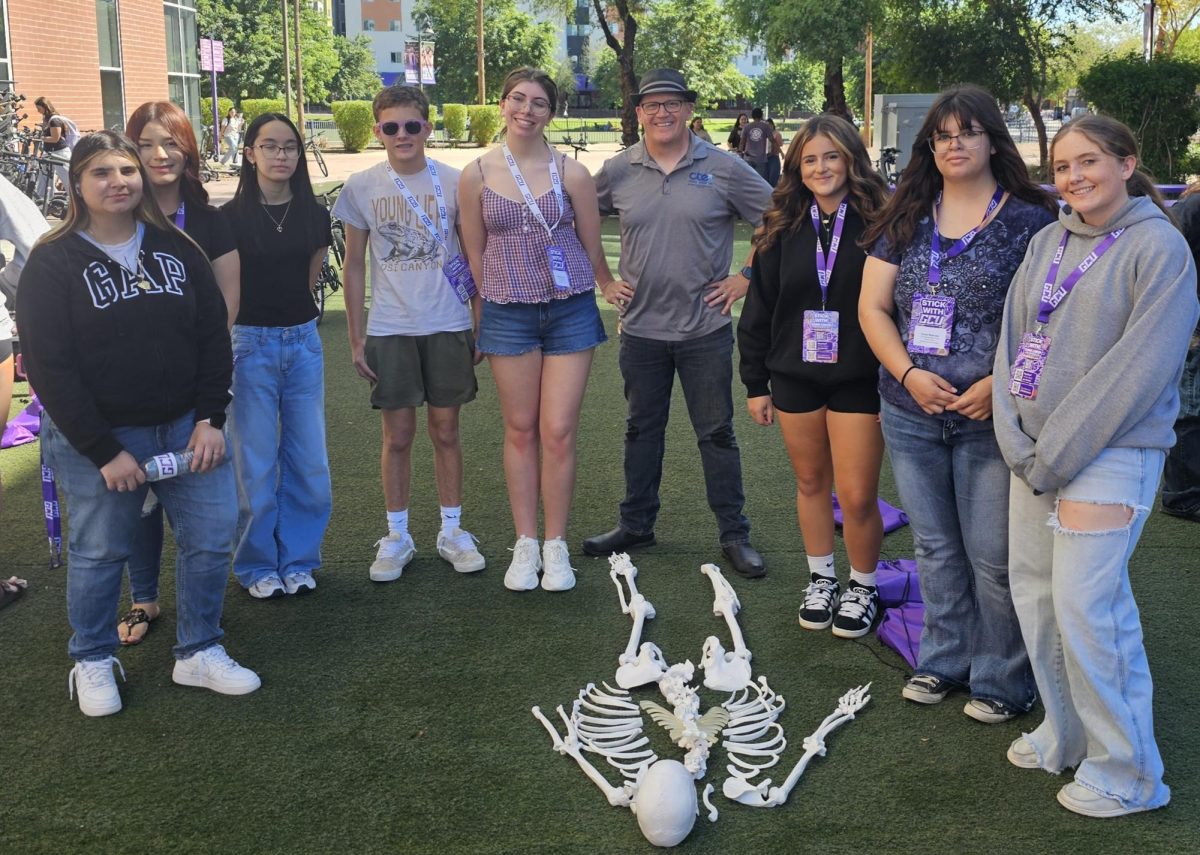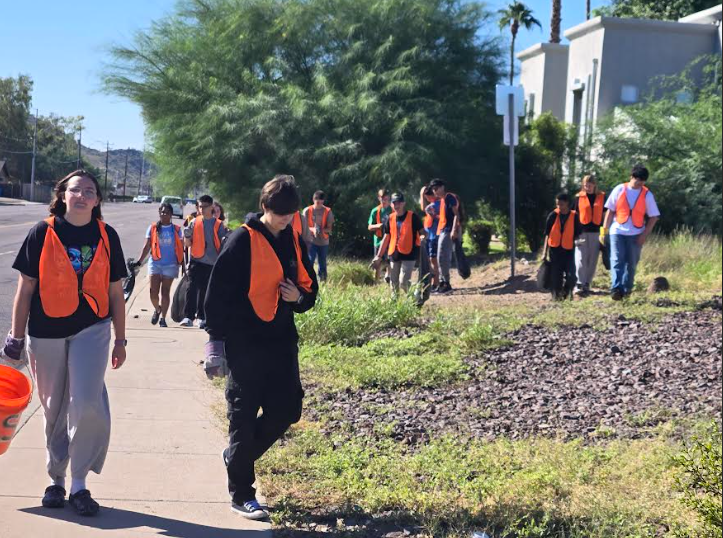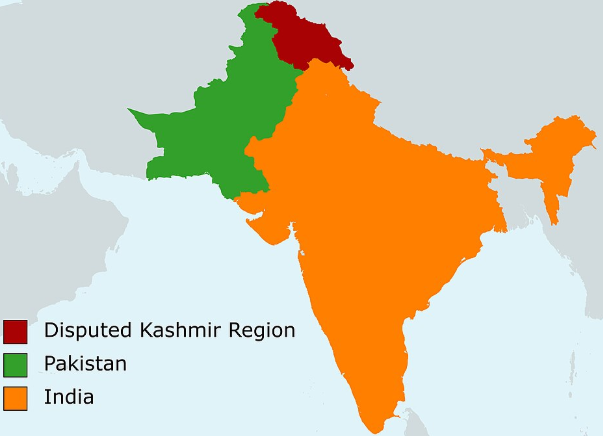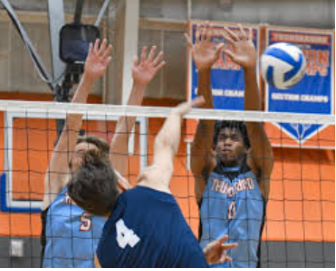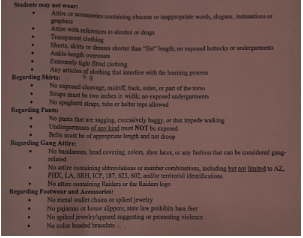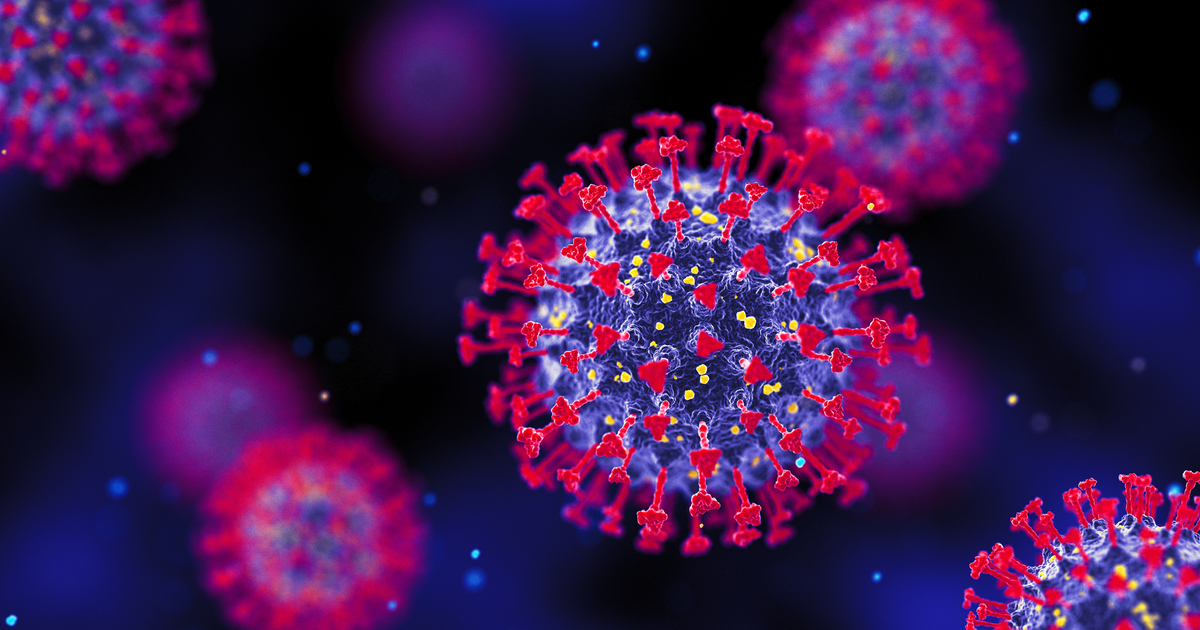The newly mutated COVID-19 strain, JN.1, dominates the field of variants; a leading cause in the rise of COVID cases and hospitalization. “In early November 2023, the JN.1 variant caused less than 5% of COVID-19 cases in the U.S. Now it is estimated to cause more than 60% of them,” the Bloomberg School of Public Health claims.
Though the variant accounts for most of the U.S.’s cases, health officials reassure that JN.1 is likely more contagious and easier to spread than deadly. Kathy Katella, Senior Clinical Writer of Yale Medicine, states “There is no evidence that JN.1 causes more severe disease, the CDC says, but its rapid spread suggests it is either more transmissible or better at evading the immune system than other circulating variants.”
JN.1’s symptoms do not differ from previous or other strains. Signs or indications of COVID-19 include sore throat, headache, cough, nausea/vomiting, diarrhea, fever, and loss of smell or taste. Some may experience other symptoms such as body aches or shortness of breath, according to the Centers for Disease Control and Prevention (CDC).
In the uprising of cases, it is important to protect oneself and continue to build immunity. Consistently washing your hands, wearing a mask in high-traffic areas (or in general), and disinfecting personal items including your house are a few ways to prevent catching COVID. Obtaining and keeping up with the latest vaccine(s) for yourself and your family is another to stay protected and highly recommended. Health corporations including the World Health Organization (WHO) and the U.S. Department of Health and Human Services (HHS) will continue to update and monitor the soar of COVID cases.


